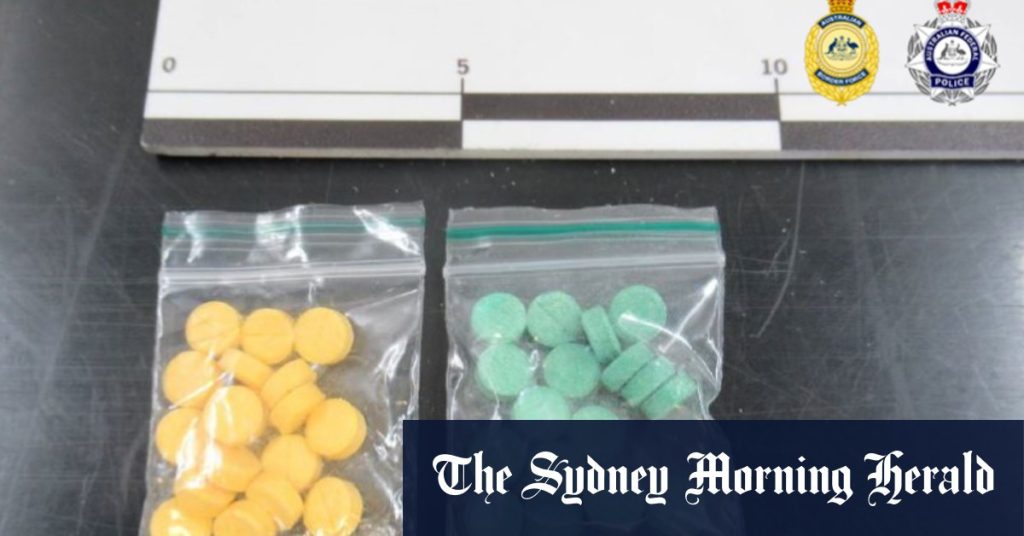The report findings from the Pennington Institute have raised concerns about the increasing presence of potent synthetic opioids, specifically nitazines, in Australia. These drugs are said to be significantly stronger than fentanyl and have already been linked to several overdoses and deaths. Medical experts, such as Uniting Medically Supervised Injecting Centre’s Marianne Jauncey, warn that recreational drug users who are not familiar with opioid overdose symptoms may be at risk, especially as these drugs are being found in a variety of substances including cocaine and vape juice.
In response to the growing issue, the Australian government launched a nationally consistent opioid dependency treatment program last year, providing subsidised treatment for around 40,000 patients. Despite these efforts, the potency and prevalence of nitazines continue to pose a risk to public health. The CEO of drug checking and harm minimisation advocacy group Unharm, Will Tregoning, emphasized the ease of shipping and importing synthetic opioids, which has led to their contamination of various other drugs like MDMA, ketamine, and methamphetamine.
Recent incidents have highlighted the dangerous effects of nitazines, with reports of these drugs being found in the bodies of deceased individuals, as well as in cocaine and black market cannabinoid vape juice. The Australian Federal Police have also issued warnings about an increase in nitazene imports, further raising concerns about a potential opioid overdose crisis. The rise in unintentional deaths involving natural opioids like heroin is also alarming, with a 40% increase in deaths recorded between 2021 and 2022, particularly in Melbourne.
Experts like Marianne Jauncey have expressed frustration over the lack of awareness and access to opioid overdose reversal medicine Naloxone, especially among recreational drug users who may be at risk of nitazine overdoses. The issue of drug contamination and potency is further compounded by the fact that nitazines can be disguised in different substances, making it difficult for users to know what they are consuming. The devastating impact of these synthetic opioids on individuals and communities underscores the urgent need for education, harm reduction strategies, and access to life-saving resources.
As the situation continues to evolve, stakeholders in the health and drug policy sectors are working to address the challenges posed by synthetic opioids like nitazines. Efforts to raise awareness, improve access to treatment, and enhance harm reduction measures are essential in preventing further harm and potential overdose crises. The increasing prevalence of these potent drugs in Australia’s drug market serves as a reminder of the importance of ongoing vigilance and collaborative action to protect public health and safety.













